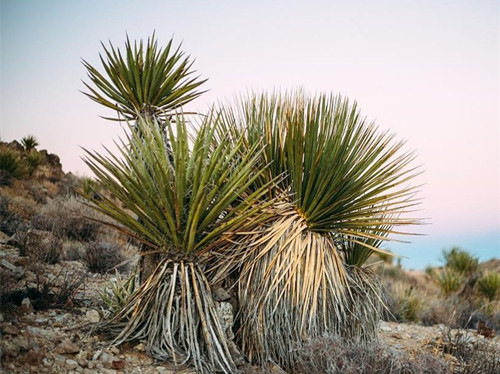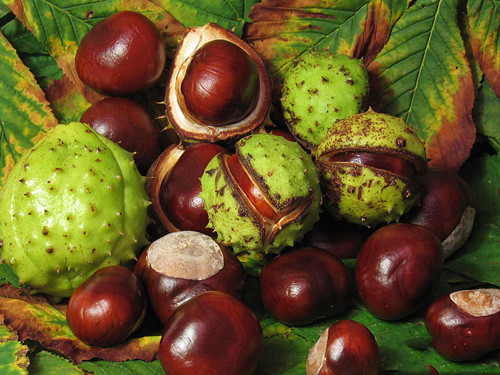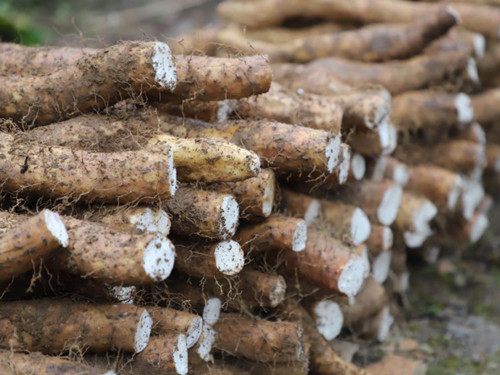Steroidal Saponins: Benefits and Source
Plants contain many different chemicals which can act as plant-defense mechanisms against predation by microorganisms, insects and herbivores. Some of these compounds, such as terpenoids and tannins, give plants their flavors and color; others, like saponins. So far, more than 600 active saponins have been found, including triterpenoid saponins and some steroid saponins. Among these, steroidal saponins are particularly interesting due to their pharmacological properties. This article will discuss some of the plants that contain these natural secondary metabolites.
What are steroidal saponins?
There are a variety of steroidal saponins that have been found in plants, especially those from Agavaceae(Allium), Alliaceae, Asparagaceae(Asparagus), Dioscoreaceae(Dioscorea), Liliaceae(Fritillaria), Amaryllidaceae, Bromeliaceae, Palmae and Scrophulariaceae families and accumulate in abundance in crop plants such as yam, alliums, asparagus, fenugreek, yucca and ginseng. Many species of plants containing steroidal saponins have been found, among which diosgenin is the most abundant.
Steroidal saponins are glycosides based on C5 isoprene units. It’s characterized by its unique structural backbone consisting of an oligosaccharide chain, usually attached to the 3-OH position. In most cases, the backbone is a branched monosaccharide that may be accompanied by two or three saccharide side-chains. Their biological activity depends on the quantity and chemical structure of their monosaccharides, especially aglycone moieties. Currently, steroidal saponins are widely used in the food, pharmaceutical and cosmetic industries as a source of bioactive compounds.
Plants Containing Steroidal Saponins
Tribulus terrestris
Tribulus terrestris is a plant that has been used in Traditional Chinese Medicine and Indian Ayurvedic medicine for centuries. Its leaves, fruit and roots contain steroidal saponins that are thought to increase levels of sex hormones in both men and women. This plant also contains a variety of other medicinally important substances, including flavonoids, glycosides, alkaloids and sterols. It is used to treat a number of conditions, including low libido, menstrual disorders and infertility. However, it has been linked to serious liver injury in grazing animals and more research have been studied.
Butcher’s broom
Butcher’s broom, commonly known as Ruscus aculeatus , is an herb that is popular for its hard roots and (supposedly) antibacterial properties. It also holds a number of traditional medicinal uses, including improving circulation and reducing leg swelling. It contains steroidal saponins that have been found to be beneficial for treating chronic venous insufficiency, hemorrhoids, and varicose veins. These include the primary saponins ruscogenin and neoruscogenin, which are vasoconstrictive. Several minor saponins and other compounds are present as well.
Yucca schidigera
Yucca saponin, a natural compound found in the roots of the Yucca plant, has been gaining recognition for its many health benefits. This steroidal saponin has been used for centuries for various purposes, from medicinal to the food industry. It’s an ingredient that is often found in soaps, shampoos and shaving products. Yucca saponin also has anti-inflammatory and antioxidant properties, has been reported to reduce arthritis pain and joint stiffness. It has shown promise as a therapy for conditions such as diabetes, cardiovascular disease, and cancer, making it a highly sought-after compound in the world of medicine.
Soybean
Soybean is one of the most commonly used edible plants with a rich secondary metabolite profile. Its seeds contain a wide variety of steroidal saponins including spirosolane-type, furostanol-type and cholestane-type saponins. In addition to these saponins, soybean is also rich in polyphenolic compounds such as isoflavones and a number of isoprenoid-derived bioactive substances. These compounds are beneficial for human health and have been used as food additives, anti-inflammatory agents, and anti-cancer agents.
Horse chestnut
Horse chestnut (botanically, aesculus hippocastanum) is a tree that grows in many temperate regions of Europe and Asia. It produces spiny-shelled fruits that may have some health benefits. Proponents of horse chestnut believe that the plant’s steroidal saponins can protect veins and promote blood flow. This may help people with chronic venous insufficiency, varicose veins and hemorrhoids. However, more research is needed to confirm these potential effects. Also, high doses of horse chestnut extract can irritate the stomach lining or skin when taken internally.
Wild Yam
Wild yams(Dioscorea villosa ) are a large tuberous starchy root that is eaten as a staple food. They are high in carbohydrates and are rich in iron, potassium, vitamin C, fiber, and B vitamins. A study has found that yams can lower blood sugar levels in people with diabetes. Moreover, yams are rich in vitamins B6 and C and can increase production of red blood cells, which reduces your risk for anemia. The steroidal saponin diosgenin in yams has anti-inflammatory and anti-cancer properties. It is also a good source of vitamin C, which can help keep your skin healthy and protect you from sun damage.
Related information: Difference Between Steroidal and Triterpenoid Saponins






